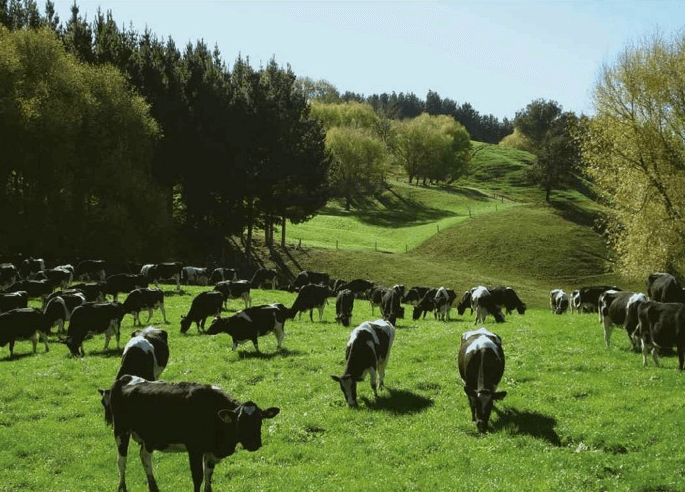The New Zealand government will introduce new rules to tighten up farm-to-forestry conversions, giving communities greater control of what is planted and where.
As reported by RNZ this morning, local councils would decide under the Resource Management Act what land could be used for pine forests.
It comes in the wake of growing criticism that too much productive farmland was being converted into forestry to gain carbon credits.
“These changes are about getting the right tree in the right place, by seeing fewer pine forests planted on farmland and more on less productive land,” Forestry Minister Peeni Henare said.
He said the new regulations also responded to concerns from regions such as Te Tai Rāwhiti and Wairoa, where forestry slash in floodwaters exacerbated the damage from Cyclone Gabrielle.
Last month Wood Central reported that New Zealand forestry was at a crossroads following the release of the ‘Outrage to Optimism’ report led by ex-National Cabinet Minister Hekia Parata and collaborators Matthew McCloy and Dave Brash.
And earlier this week, Wood Central reported on new Scion Research from major weather events that confirmed that healthy forests act as ‘sponges’ during major weather events.
Henare said residents were anxious about the scale of exotic forestry and its impact on communities and the environment.
New forestry conversions would have to have fire breaks, and there would be rules on planting next to rivers, lakes and wetlands.
“The forestry sector is important to local economies, contributing more than $6.5 billion annually and providing over 35,000 jobs,” Henare said.
“It’s also important for the environment and meeting our emissions budgets and targets,” Henare said.
“Afforestation provides sequestration to offset gross emissions, bioenergy to support a low carbon transition and substitution for higher carbon materials.”
But, says Henare, large-scale change in land use for exotic carbon forestry, if left unchecked and without any management oversight or requirements, has the potential for unintended impacts on the environment, rural communities, and regional economies.
“The devastation that unfolded in Te Tai Rāwhiti during Cyclone Gabrielle was a stark reminder what can happen if we get land-use settings wrong.”
Henare said changes to forestry standards regarding slash provisions, sediment control, and harvest management plans would start to improve the environmental impacts of forestry.
He also noted that the Government is delivering on its 2020 election commitment to tighten up rules on farm-to-forestry conversions by giving communities greater control over the planting of forests.






